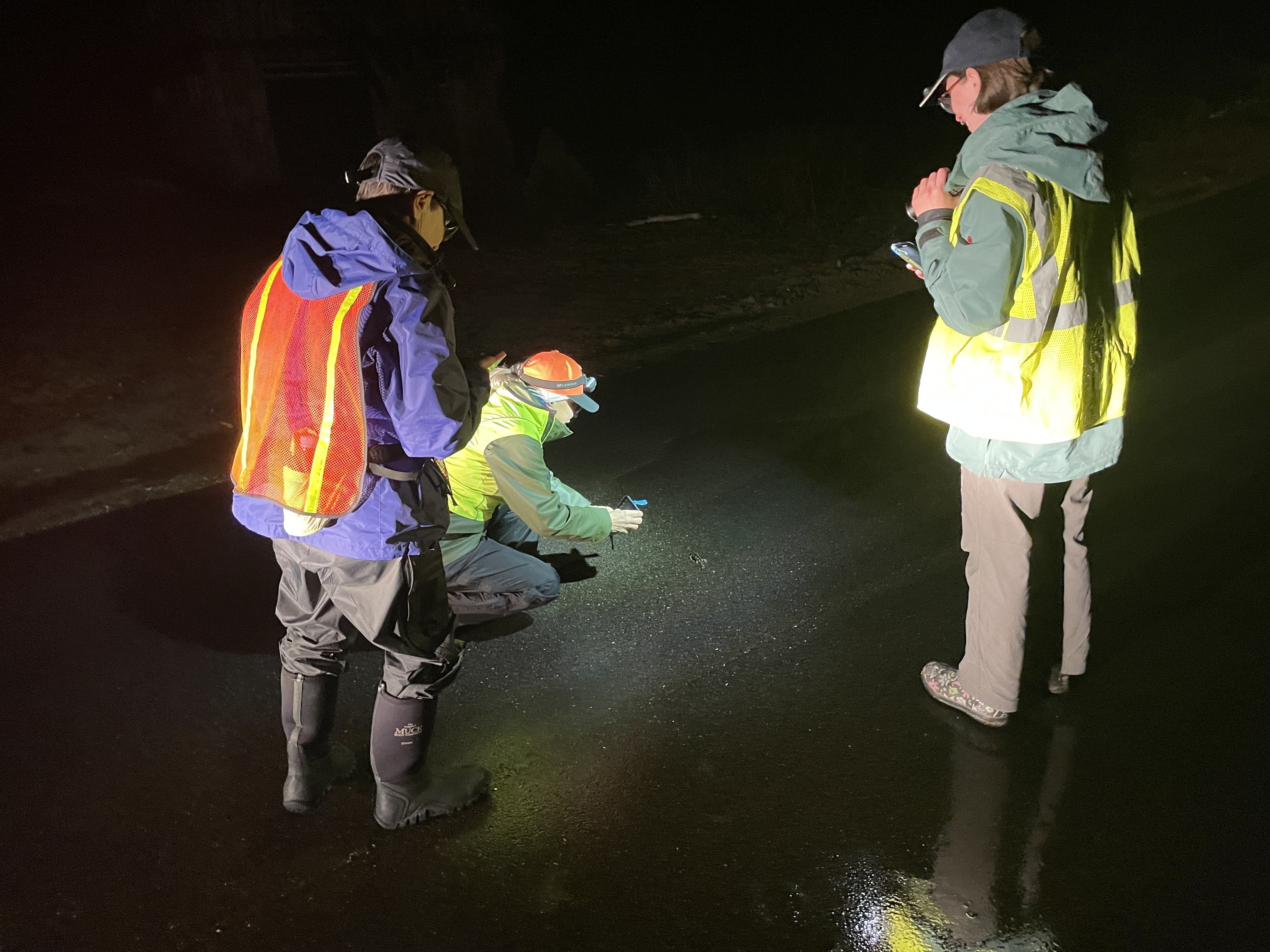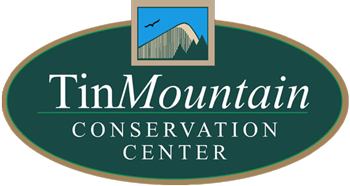Background
Each spring, during the early, warm, rainy nights of the season, amphibians emerge from their underground over-wintering locations to travel to vernal breeding pools where they mate and lay eggs. Tens of thousands of salamanders and frogs move across the landscape at this time and unfortunately, many of them are struck by vehicles. In New Hampshire, pioneered by the Harris Center for Conservation Education, volunteers provide safe road crossings for thousands of amphibians throughout the state. When the conditions align perfectly (many warm days and nights followed by a rain event), this is referred to as a "Big Night".
"Big Night" is therefore the name of the event(s) when volunteers work to safely move these traveling amphibians across the road. If you are unable to help move amphibians, one of the most beneficial things you can do is to avoid driving during these early, rainy spring evenings. "Big Nights" typically occur in early April but vary depending on where you are in the state.
For more extensive information on Big Night efforts in New Hampshire, please visit the Harris Center's Crossing Brigade Website and for more resources in Maine, please visit Maine Big Night.
2025 Information
- We held an unusually dry "Big Night" event on April 15th, 2025 as the predicted evening rain didn't materialize. Despite the chance of minimal crossings, we monitored Bald Hill Road and moved 12 wood frogs and six spring peepers! Unfortunately, we also moved a few individuals that had been hit by cars, as well.
- There will still be amphibians moving during the few weeks, so continue to keep your eyes peeled and monitor your favorite crossings.
- If you are looking for a stretch of road to monitor next year, a great time to do that is this spring. Areas where you see amphibians that have been struck by cars are a good options for next spring. You can also listen for calling frogs and then monitor roads adjacent to those locations in 2026.




